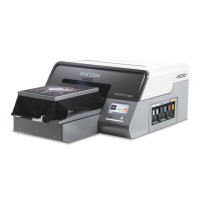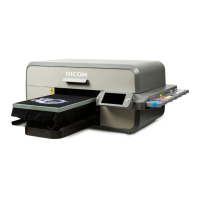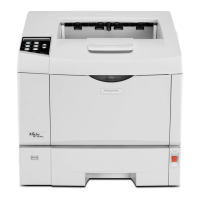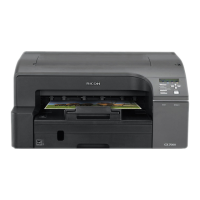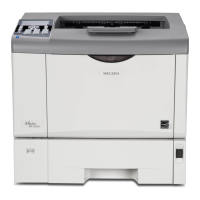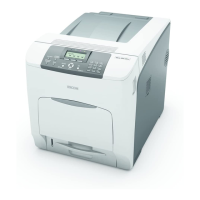11
2
Printing on Fabric
Removing Dust and Flattening Fibers
This process is to print on fabrics clearly. The optional finisher
is used.
Do not use the optional finisher while using the multi tray and the
•
sleeve attachment because using it may cause a failure. Before set-
ting the fabric in the multi tray or the sleeve attachment, removing
dust and flatten the fibers.
Do not heat the multi tray table or the fabric placed on the multi tray ta-
•
ble with the optional finisher. Doing so may deform or damage the table.
As the A4 standard tray and A5 tray becomes hot when continuously
•
used on the optional finisher, give an interval of five minutes or long-
er to set them after they are pulled out.
Do not print on wet fabric. Doing so may result in a blurry image.
•
If you use an atomizer to smooth fabric before printing, be sure the
•
fabric is completely dry before printing on it.
Do not use an atomizer to smooth thick fabric because thick fabric
•
is difficult to dry. When using an atomizer to smooth thick fabric, be
sure the fabric is completely dried.
In high temperature environments, fabric might absorb moisture and
•
stretch after smoothed. Print immediately after loading the fabric.
Remove dust and lint from fabric before printing because dust and
•
lint whose color is the same with the fabric color are hard to find, we
recommend using a lint roller to remove dust and lint from fabric be-
fore smoothing it.
Remove dust and lint from the print surface of the fabric.
Remove them with a brush for clothes or a roller.
Use the finisher to flatten fibers and remove wrinkles.
When using the finisher, you can carry out heat press processing for
•
the fabric being loaded in the A4 standard tray or A5 tray.

